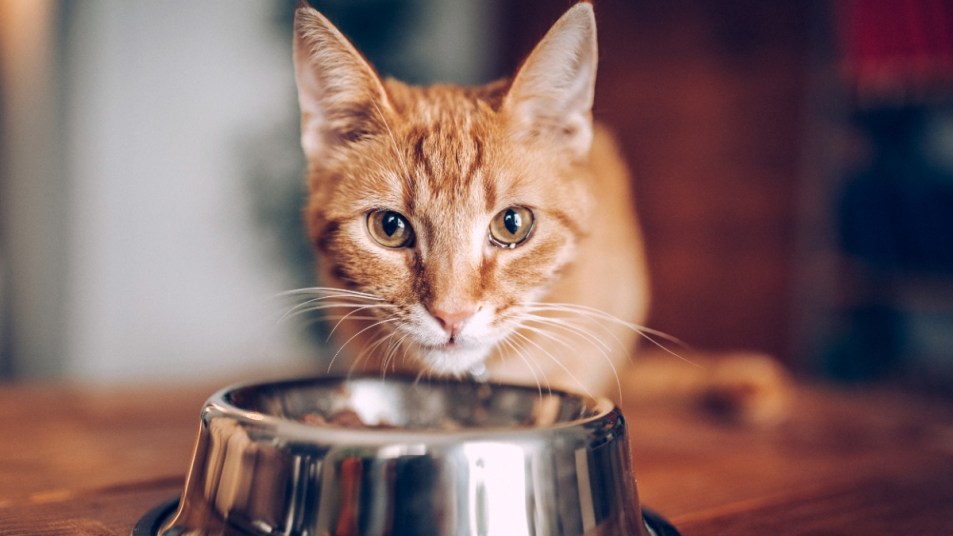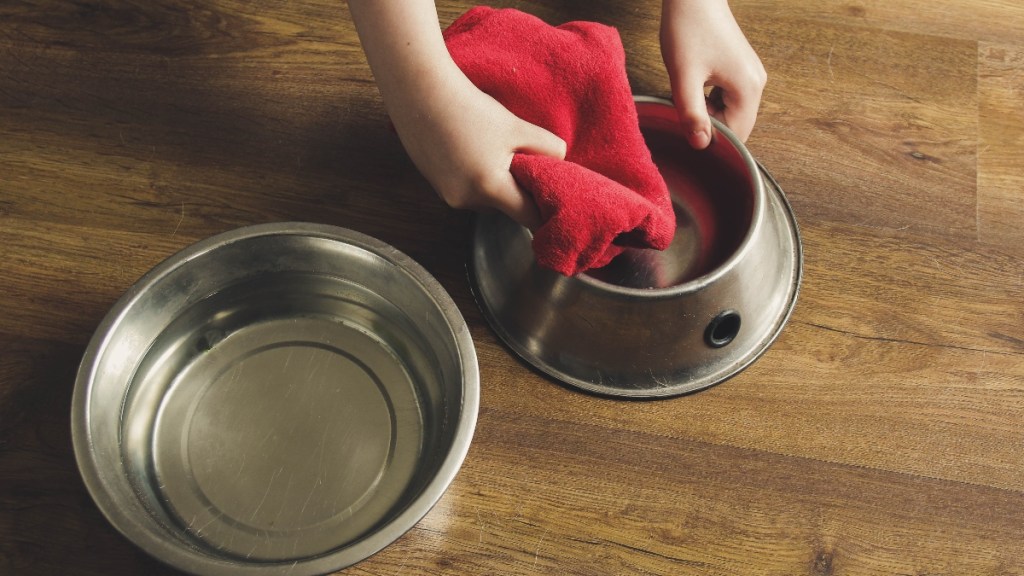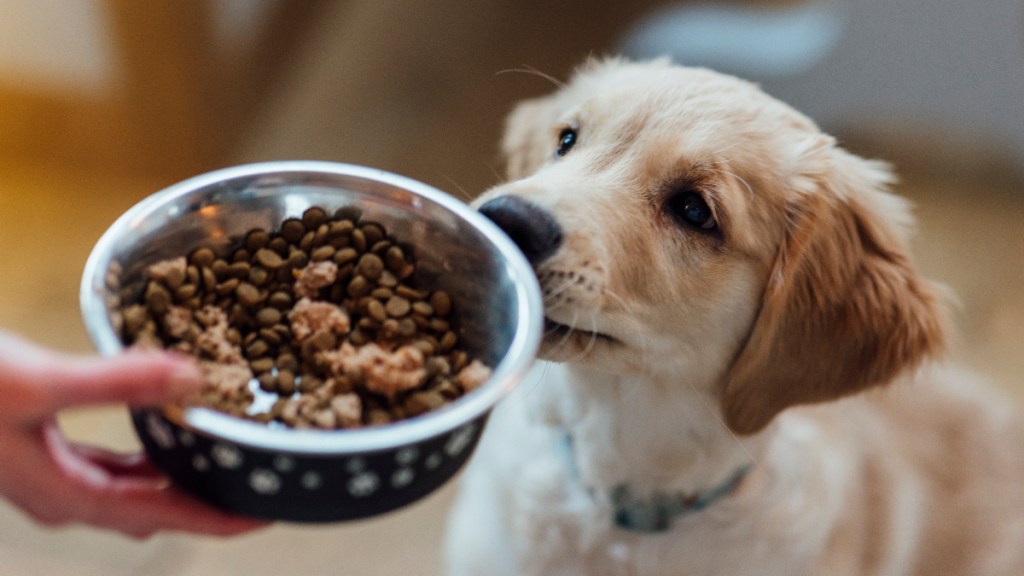Study: You’re Likely Not Cleaning Your Pet’s Bowls Enough — Vet Explains Why It Matters, Especially If You Feed Them This Food
Follow her advice for how often you should be washing and the best way to do it

You’d do anything to keep your beloved cat or dog happy and healthy, and that includes ensuring he gets the proper diet. Regardless of what type of food you choose to give your pet, making sure the bowl you serve it in is properly sanitized is just as important as the contents of the bowl! We asked a veterinarian why it’s so crucial to keep the dishes clean, how often to wash your pet’s food and water bowls and which cleaning tools to use — and which to avoid.
Why you need to clean pet bowls regularly
When you think about the germiest spots in your home, what comes to mind? Many of us assume it’s something like the toilet seat or the garbage can, but a study performed by the National Science Foundation found that the dirtiest areas of your home include the kitchen sponge or dish rag, the kitchen sink and pet bowls.
Many of us don’t wash our pet’s food and water bowls on a regular basis, but it’s vital to our pet’s health — and our own. “Residue from previous meals can promote microbial growth and lead to foodborne illnesses like salmonella, E. coli and campylobacteriosis,” says veterinarian Jennifer Sperry, DVM, a spokesperson for AKC Pet Insurance. “Many of these illnesses can also be spread to humans through close contact with pets.” And if your pets share bowls, they can spread diseases back and forth.
What’s more, if you don’t clean pet bowls regularly, your furry friend may turn his nose at his food. “Spoilage from food remnants can create an unpleasant odor that’s easily detected by your pet’s powerful sense of smell,” says Dr Sperry. “Plus, fats in food residue quickly undergo rancidification, creating a strong and objectionable flavor on the surface of the bowl.”
How often to wash your pet’s food and water bowls

“All food and water dishes should be cleaned at least daily in hot, soapy water and dried thoroughly,” says Dr. Sperry. “Dishwasher-safe bowls are a great investment, as dishwashers do an excellent job of cleaning and sanitizing pet dishes.”
And when it comes to wet food, you can never be too careful! Compared to dry food, wet food is the worst offender. Cats often leave behind scraps of wet food in their bowls, which can quickly become microbe utopias. The same can be said for wet dog food. What’s more, “Cats are more likely than dogs to reject food if the odor, flavor or texture is offensive to them,” notes Dr. Sperry. “They’re also less likely to drink optimal amounts of water.”
Even more concerning? A raw food diet for dogs can create a dangerous breeding ground for bacteria in feeding bowls. Beyond salmonella and e. coli, other harmful microorganisms that can grow include Staphylococcus aureus, Streptococcus and Pasteurella multocida, which is the most common cause of skin infections from pet bites or scratches. Some health experts recommend using gloves and washing your hands with hot soap and water after handling a dog bowl that contains raw food. “If you feed your pet a canned, wet or raw food, dishes should be washed thoroughly after every meal,” advises Dr. Sperry.
What not to do when washing
Keeping pet bowls clean is surprisingly simple, but there are a few things you should steer clear of when doing so. The first: “Avoid using strongly scented cleansers like perfumed dish soap or concentrated bleach, as this can lead to food or water rejection,” says Dr. Sperry. Instead, stick to unscented soap and the hottest water you can handle, which will do a great job at eliminating germs. (Note: Check the underside of the bowl for care instructions in case it lists recommended cleaning temperatures and cleansers).
Also important: Be gentle with any cleaning tools you use to wash the bowls. Why? “Scratching the surface of glazed or plastic bowls with scrub sponges can promote the accumulation of debris and bacteria,” she explains. Tip: If you don’t want to use the same sponge for your own dishes, consider getting a second one and using it just for your pet’s bowls. (Click through for other ways extra sponges can come in handy!)
Finally, if your pet eats a raw food diet, wash their dishes separately, using a separate cleaning rag or sponge. “This will help prevent the spread of foodborne illnesses to human family members,” assures Dr. Sperry.
The best pet dishes to use

There’s no right type of bowl to use for your four-legged companions, but if you’re looking to make cleaning more of a breeze, opt for a dishwasher-safe bowl. “Glass or stainless steel dishes are preferable for pets with allergies and are also the best for pet families that prefer to use the dishwasher.”
If you’re really in a pinch for time, try using a disposable bowl or plastic dog bowl inserts. Just remember that these options aren’t the most environmentally friendly, and environmental health experts suggest not using them often.
For more helpful pet tips, keep reading!
Cat Eye Boogers: Vet Explains What They Are and How to Get Rid of Them
Can Dogs Eat Ginger? Vets on What You Need to Know + Red Flag Foods to Avoid
Why Cats Chew on Plastic + Expert Explains How To Stop This Pesky Behavior













